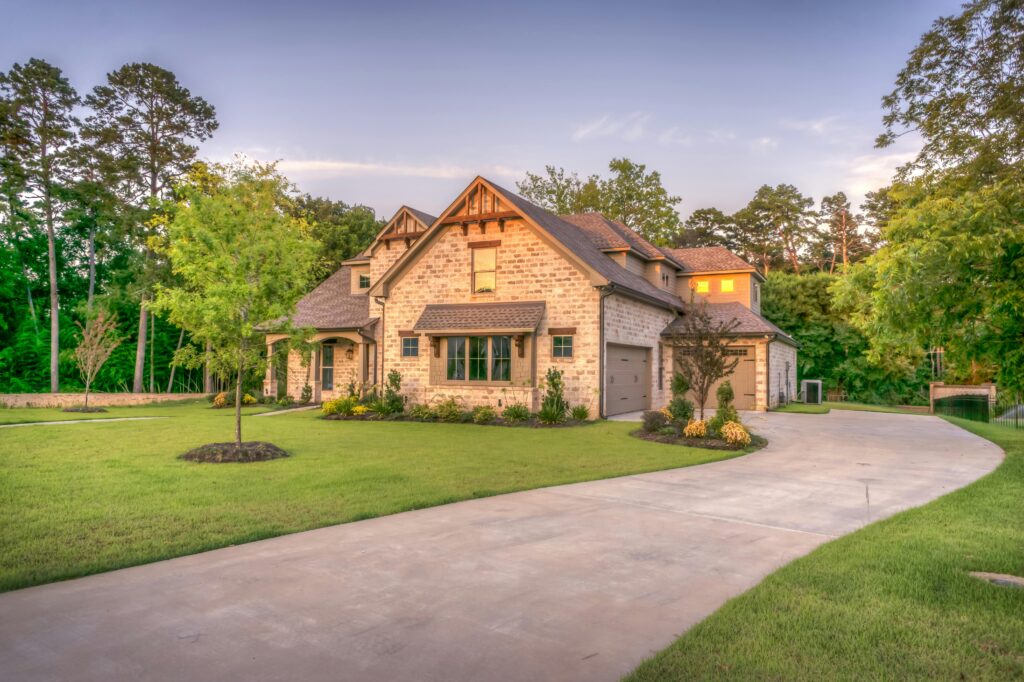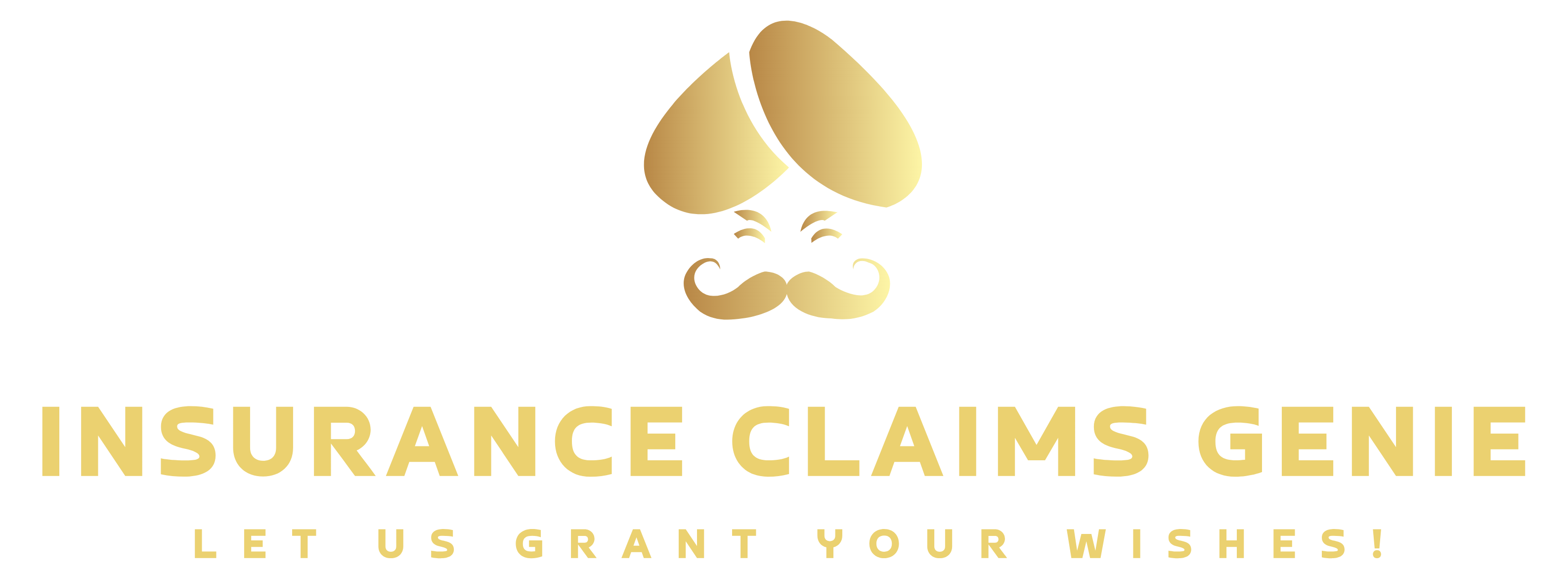Welcome to a glimpse of the Genie’s Vault, where we unlock the secrets of homeowners insurance! Here, you’ll find invaluable insights into claim types and homeowners policies, all from the mystical perspective of our resident genie. For a taste of the knowledge awaiting you, enjoy a sneak peek of our premium content that guides you through the complexities of homeowners insurance.

What is in the Genie's Vault?
The Genie’s Vault is your exclusive access to premium content designed to demystify the world of homeowners insurance. Each post is crafted with the expertise of our genie, who reveals the intricacies of insurance claims and policies in an engaging and informative way. With our premium access, you will gain comprehensive insights that can help you make informed decisions and navigate your insurance journey with confidence.
Here's a Magical Glimpse of the Enchanting Insights Awaiting You!
Prepare to Be Enchanted! Below, you’ll find a magical sneak peek of the premium treasures that await you in the Genie’s Vault. Dive into this free sample and experience the extraordinary insights and wisdom we’ve conjured just for you. Let this be your gateway to a world of enchanted knowledge and secrets that only our genie can reveal!
Understanding Your Policy

Know the Parts of Your Policy
Definitions
Insured
An “insured” refers to you, any relative living in your house, or anyone under the age of 24. Note that some policies may extend this definition to individuals as young as 21. For precise details, consult the Definitions page at the beginning of your policy to confirm who is covered.
Insured Location
The insured location is where the property covered by your insurance is situated.
Coverage A: Dwelling
Coverage A encompasses your dwelling or home. This includes everything that remains inside the house if you were to turn it upside down and shake it. Appliances such as refrigerators, washers, and dryers may also fall under Coverage A as contents.
Land is not covered by this policy. For instance, if a vehicle damages your lawn but not your home, there’s no coverage for the lawn damage. However, if the vehicle damages your home, the insurance company may pursue the other party’s insurance to recover costs.
Additionally, any structure used for business purposes on the property is not covered. If you operate a business from your garage, you’ll need business insurance for that space.
Structures rented or held for rental to anyone not a tenant of the home, except for private garages, are not covered.
Coverage B: Other Structures
Coverage B provides protection for structures that are not attached to your main home, such as detached garages, sheds, and fences. Typically, Coverage B is set at 10% of the limit of Coverage A. For example, if your home is insured for $200,000, Coverage B would be $20,000. Limits may vary by policy and can be adjusted based on your needs.
Coverage C: Personal Property
Coverage C insures your personal property worldwide, whether you own it or use it. If guests’ property is damaged at your home, it may be covered under your policy, or they can claim it on their own insurance. There is also a 10% limit on personal property that is temporarily away from home, such as in a storage unit.
Special Limits
Policies often include special limits for certain items. Commonly limited items include cash, gold, silverware, deeds, passports, watercraft, trailers, firearms, and jewelry. For example, firearm coverage may be limited to $3,000 to $5,000 for theft, but other types of loss like tornado damage may not have these limits.
Items not covered include animals, equipment that operates solely in a car, and tenants’ property. It’s important to review your policy for specific exclusions.
Coverage D: Additional Living Expenses (ALE)
Coverage D helps cover costs if you need temporary housing or incur additional expenses while your home is being repaired. ALE coverage kicks in if your home is uninhabitable, typically due to loss of water or electricity.
For example, with a $20,000 ALE limit, if you spend $2,500 per month on temporary housing for 10 months, you might exceed your limit. Keep all receipts as they will be needed for reimbursement. If you’re spending more than usual due to your situation, your policy will cover the difference up to a reasonable amount.
Fair Rental Value coverage is also included if you have tenants and need to compensate for lost rental income.
Additional Coverages
Policies may offer extra coverages such as:
- Debris Removal: Coverage for removing a tree or other debris caused by a covered peril, typically up to $500.
- Tree and Plant Loss: Coverage for loss of trees, shrubs, or plants, usually up to $500 per item, if damaged by a covered peril.
Always review your policy for other potential coverages and limits, often around 5% of Coverage A.
Perils Insured Against
This section specifies what types of losses are covered. There are generally two types of policies:
- All Risk (Open Peril): Covers all losses unless specifically excluded.
- Named Peril: Covers only the perils listed, such as fire, windstorm, hail, and theft. If a loss is not listed, it may not be covered.
Check your policy for specific perils and restrictions.
Exclusions
Exclusions detail what is not covered. Claims adjusters may deny claims based on policy language, and it’s crucial to understand why a claim might be denied. Policies can be complex, and it’s recommended to consult your agent if a claim is denied or if you need clarification on coverage.
Conditions
When filing a claim, adhere to these conditions:
- Provide prompt notice to your agent or claims department.
- Report theft or vandalism to the police immediately.
- Protect your property from further damage and keep receipts for any temporary repairs.
- Document all damaged personal property and gather receipts if available.
- Allow access to the damaged property for inspection.
- Provide necessary documents to expedite your claim.
- You might need to fill out a Sworn Proof of Loss form, signed and notarized, within 60 days (check your policy).
Deductibles
Deductibles are the amount you pay out-of-pocket for each claim. Higher deductibles usually mean lower premiums. For example, with a $2,500 deductible and a $10,000 hail damage repair, you pay $2,500, and the insurance covers the remaining $7,500.
If the cost of the damage is less than your deductible, such as a $2,000 water loss with a $2,500 deductible, no claim payment will be made. Always keep documentation of repairs for future reference.
Feel free to reach out to your agent for any questions or clarifications regarding your policy.

